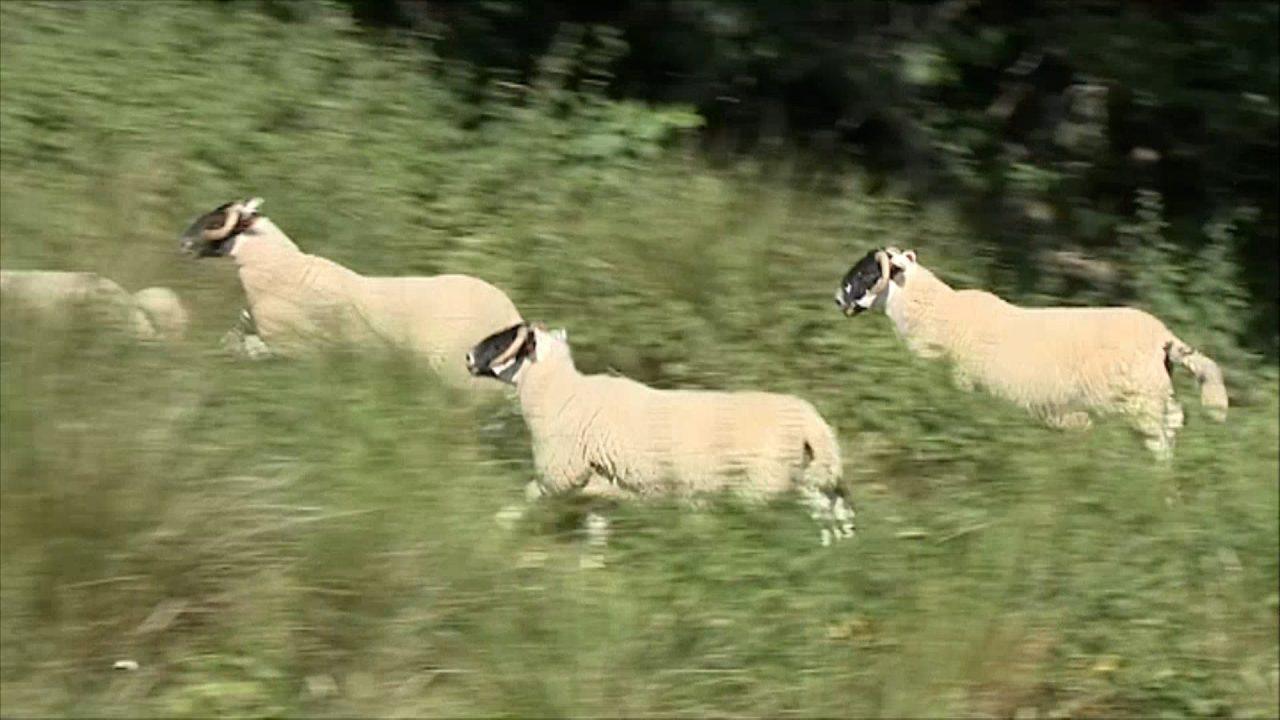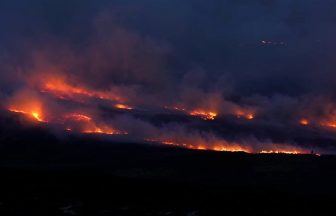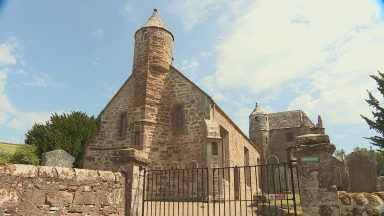Sheep could be the answer to tackling the spread of giant hogweed across Scotland.
Sap from the invasive species can cause painful burns and blisters upon contact with skin and even permanent blindness in humans.
The plant also has a negative impact on biodiversity and local wildlife.
But as part of a four-year project, 11 sheep have been grazing the woodland alongside the River Deveron near Banff in Aberdeenshire eating down the plant.
Karen Muller, who works for the Scottish Invasive Species Initiative said: “We’re now starting to see a carpet of really small seedlings which the sheep graze much quicker than the big plants that were there before.
“Overtime we’ve reduced the age of the plants in many areas and some we’re seeing none at all.

Although the plants sap can cause harmful burns to human skin, Karen said they haven’t seen any adverse impacts on the sheep.
It’s thought giant hogweed plants were brought over by the Victorians who wanted to recreate the exotic gardens they’d seen abroad in their gardens in Scotland.
But, each giant hogweed plant can produce tens of thousands of seeds when they flower, which stay active in the soil for many years meaning getting rid of the plant is a long term problem.
Those behind the project hope other landowners will adopt the methods following the project’s successful trial.
Karen said: “If the sheep don’t eat the plants down before they flower and spread their seeds then we do still need to pull them out or treat them with herbicides.
“But using sheep is a much less time-intensive task because they’re eating it down instead of the landowner needing to pull it out from the start of its growing season right to the end.”
Follow STV News on WhatsApp
Scan the QR code on your mobile device for all the latest news from around the country























